Palazzo Pitti and Boboli Gardens
From the south end of Ponte Vecchio Via Guicciardini will take you to Palazzo Pitti the main residence of the Grand Dukes of Tuscany since 1549. Palazzo Pitti, with its 250 meters long facade, the numerous museums that it houses, and the Boboli Gardens is the most magnificent among the Florentine palaces. For the construction of the new palace in Via Larga (now Via Cavour), the Medici refused the Brunelleschi project by judging it as too grand.
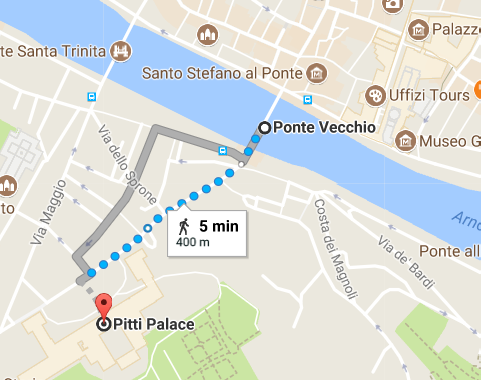
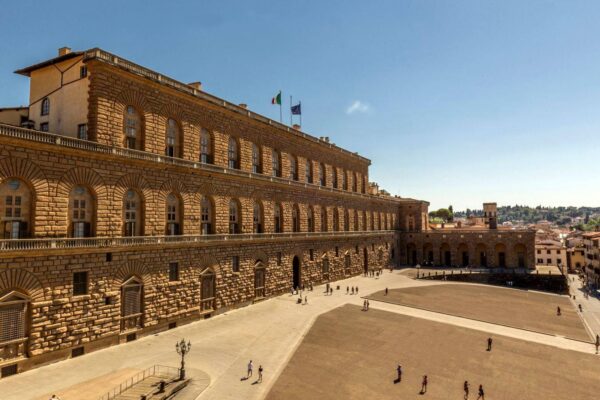
In 1440, however, banker Luca Pitti decided to carry out that project to show the power of his family. The work began in 1458 under the direction of Luca Fancelli after the demolition of a section of the current Via Guicciardini to create a square in front of the building: the original building had two floors with seven windows each (Luca Pitti wanted great like the door of the new Medici Palace) and a loggia.
The complex turned out to be enormously expensive, and in 1466 Pitti was no longer able to bear the expenses: the building was abandoned for 80 years, until in 1549 Eleonora of Toledo, wife of Cosimo I de ‘Medici, bought the mansion along with the adjoining land, that was to serve as the garden of the new main residence of the Medici. The works were completed in 1580 by Bartolomeo Ammannati, with the construction of the courtyard and with the addition of lion heads and timpani to adorn the facade of the palace.
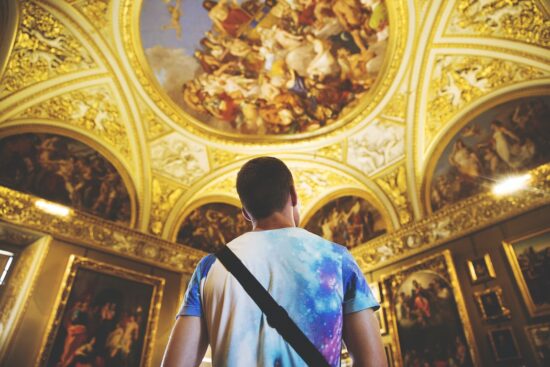
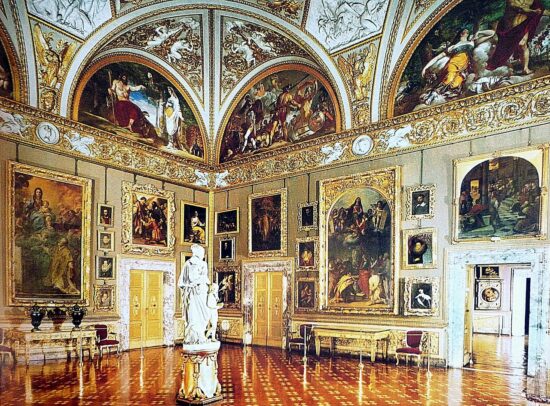
An extension of the palace in 1620, under the direction of Giulio Paris, brought the façade to its present width, and in the eighteenth-nineteenth century added the two side wings, the Rondò di Bacco; At the beginning of the 19th century, Pasquale Poccianti made the Palace of Meridiana, on the side facing the garden.
After the unification of Italy, the palace became part of the royal family’s property, and in the years of Florence it was the residence of the Savoy, as is still witnessed by the furnishings and decorations of part of the so-called Real Apartments; in 1919 the entire complex of Palazzo Pitti was donated by King Vittorio Emanuele III to the State.
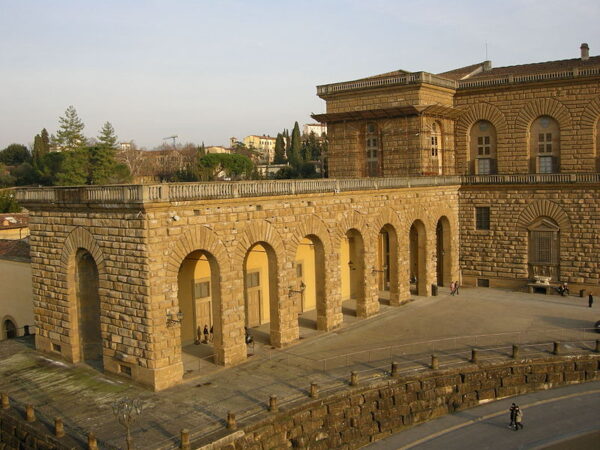

The Palatine Gallery contains over 1000 paintings from the 5th to the 16th century, including many masterpieces of Renaissance, Florentine mannerism, and European painting. The Royal Apartments are the part of the palace in which the doctors lived and, later, the Lorraine rulers and then the Savoy King in the years when Florence was the capital of Italy.
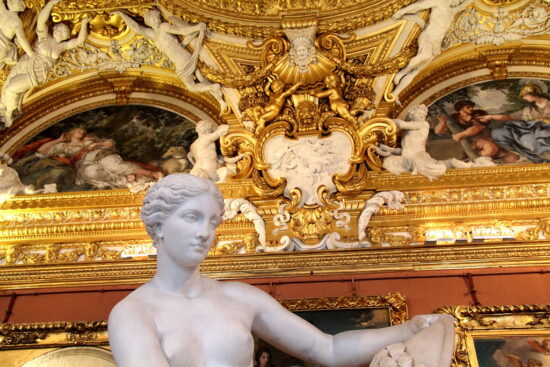
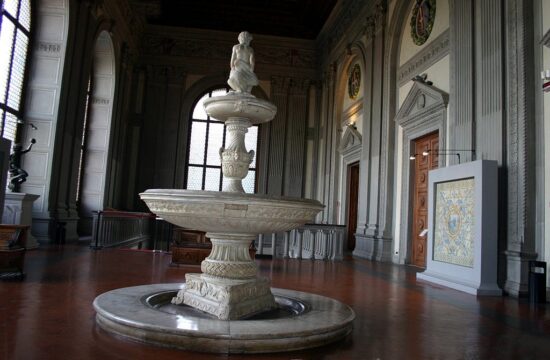
The first nucleus of the Galleria Palatina was formed around 1620 on the great art collection of Cosimo II de ‘Medici and later on the successive Grand Dukes of the Medici and Loraine dynasties who continued to enrich the gallery until in 1828 Leopold II of Lorena opened the collection to the public with the name of Galleria Palatina.
In the gallery there are paintings and sculptures purchased by the reigning families or received by inheritance, such as the works of Raphael and Titian arrived in Florence at the end of the seventeenth century after the death of the last Duchess of Urbino Vittoria della Rovere, wife of Ferdinand II de ‘Medici.
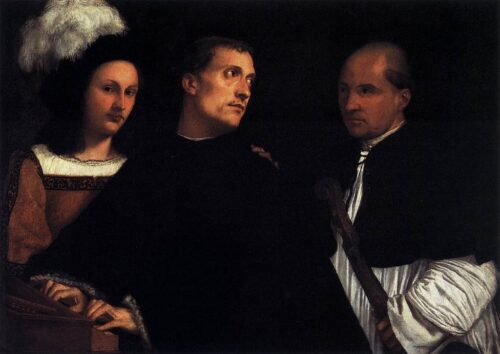
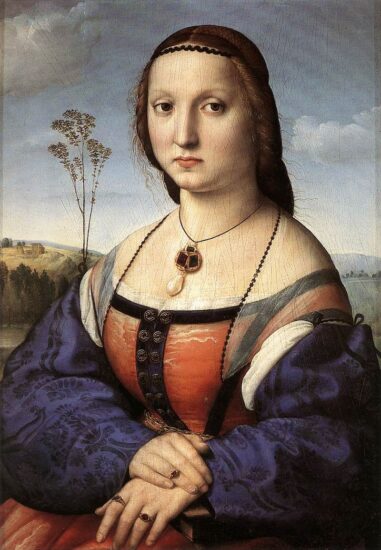
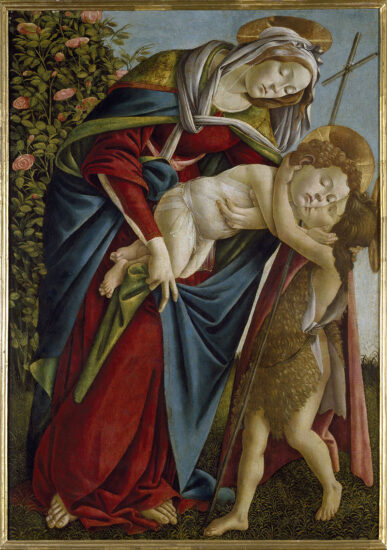
The Galleria Palatina is located in the rooms where the Medici apartments were located and retained the original arrangement of the works of art: a non-chronological or stylistic succession, but often casual, determined by the size of the paintings (larger paintings and the altarpiece, for example, are gathered in the large halls on the facade) and the will of the Medici and of Lorraine to offer not a picture of painting history but a vast collection of masterpieces.

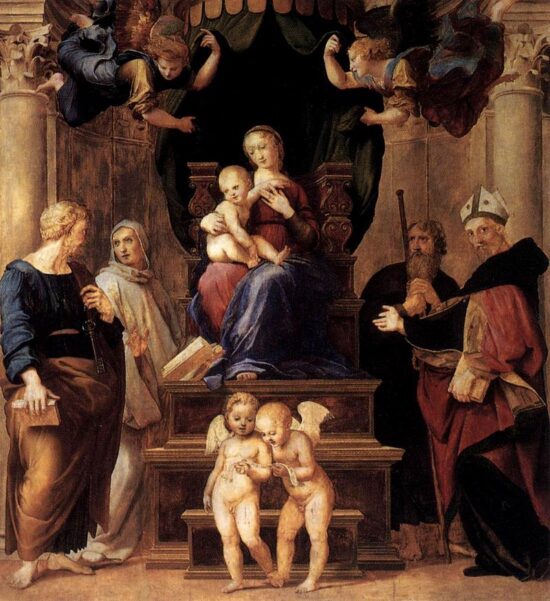
There are over 2000 works exhibited in the Gallery of Modern Art, the Gallery in Palazzo Pitti that provides a rich overview of Italian and European art through paintings from 1765 to 1915. Particularly important is the collection of paintings by Giovanni Fattori and the other Macchiaioli.

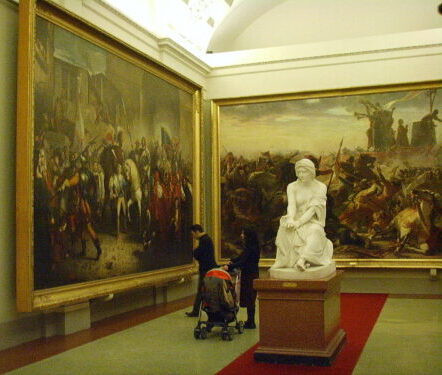

The Costume Gallery recently reopened with men’s and women’s apparel (including lingerie) from the 18th century to the 1920s, the Boboli garden, an integral part of the Palazzo Pitti complex, Florence’s largest park (45,000 square meters). The Boboli Gardens are one of the best examples of 16th-century Italian gardens.
The Argenti Museum which houses collections that provide an overview of the taste of Medici and Lorraine through precious objects they had collected and commissioned through the years, the Museum of Carriages located beside the ticket office and the Porcelain Museum located in the Knight’s Casino, the building on the top of the hill on which Boboli’s garden stands to create an unforgettable ensemble for any visitor. The description is a free translation from www.firenze-oltrarno.net/

